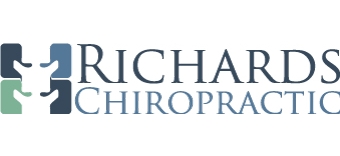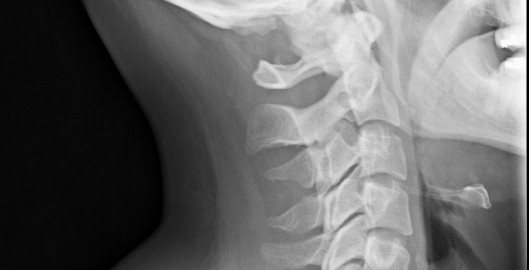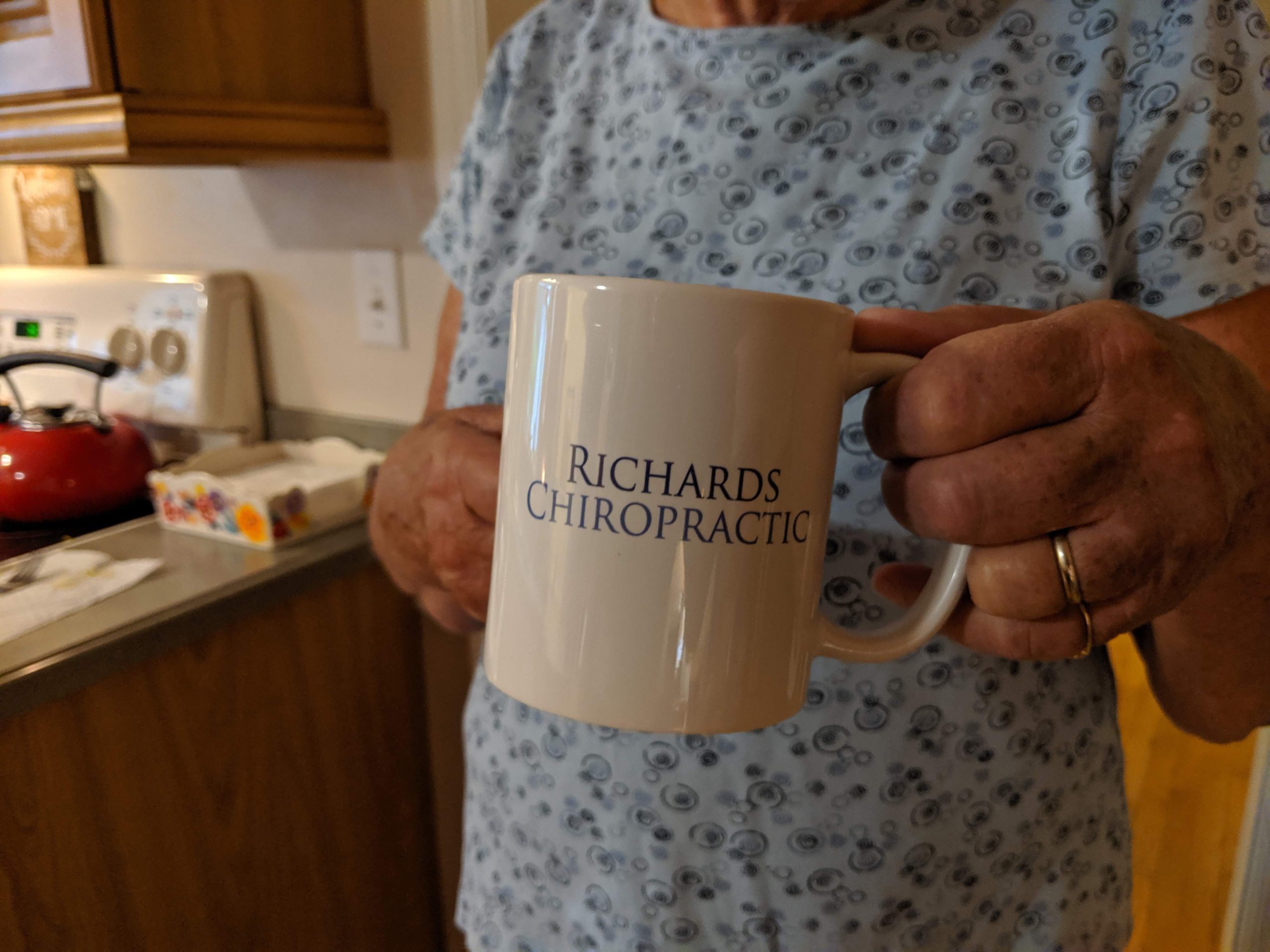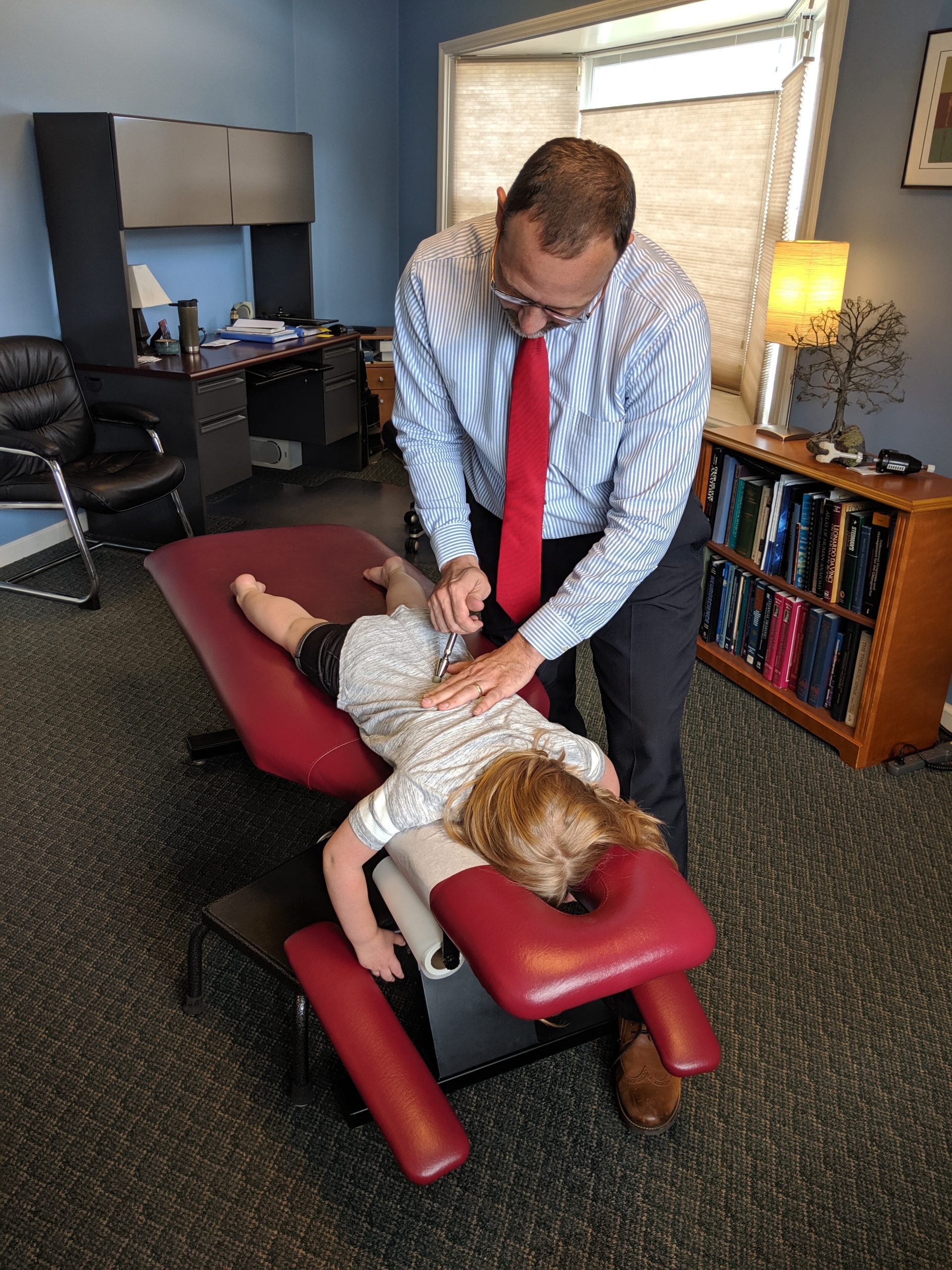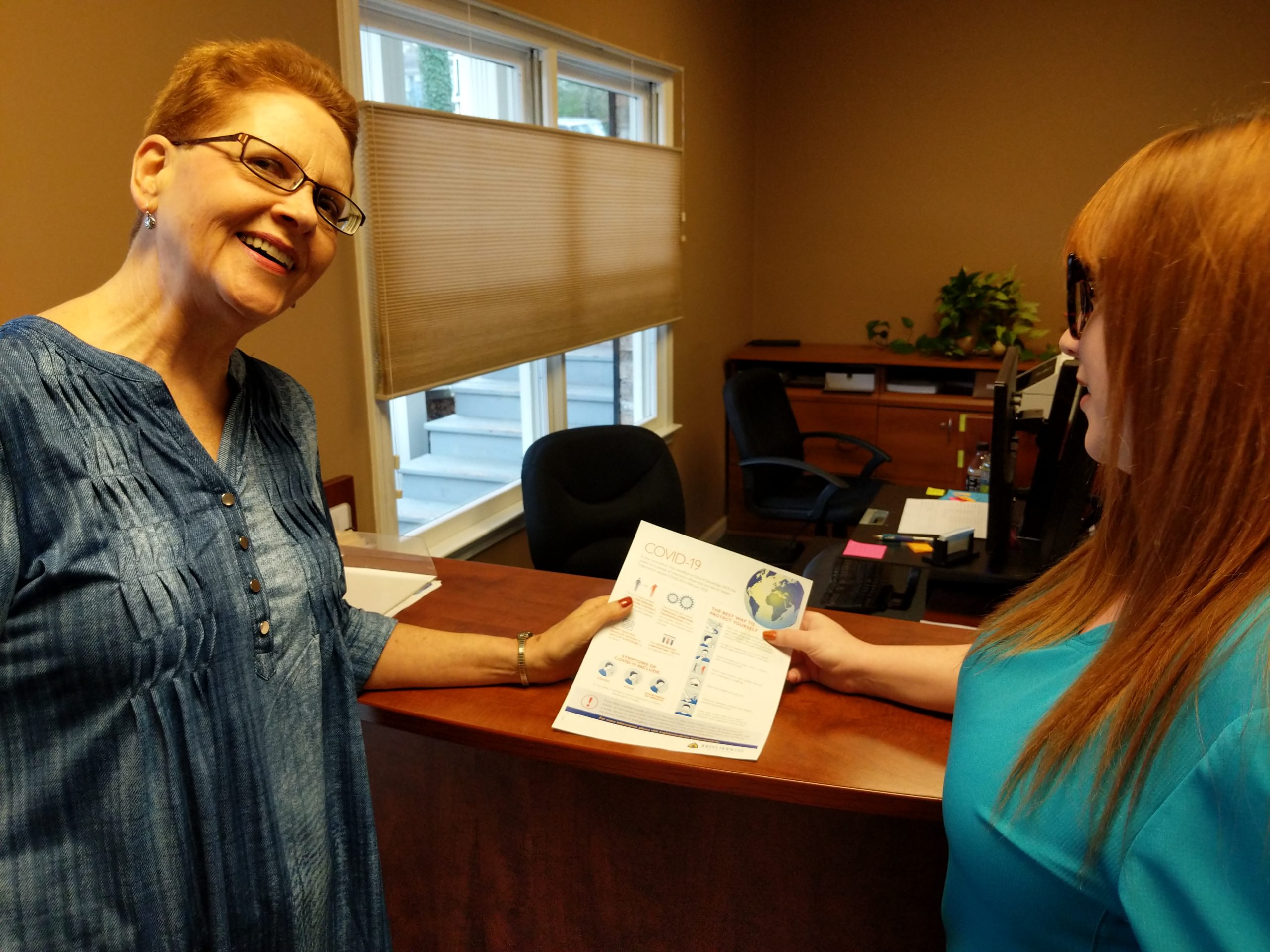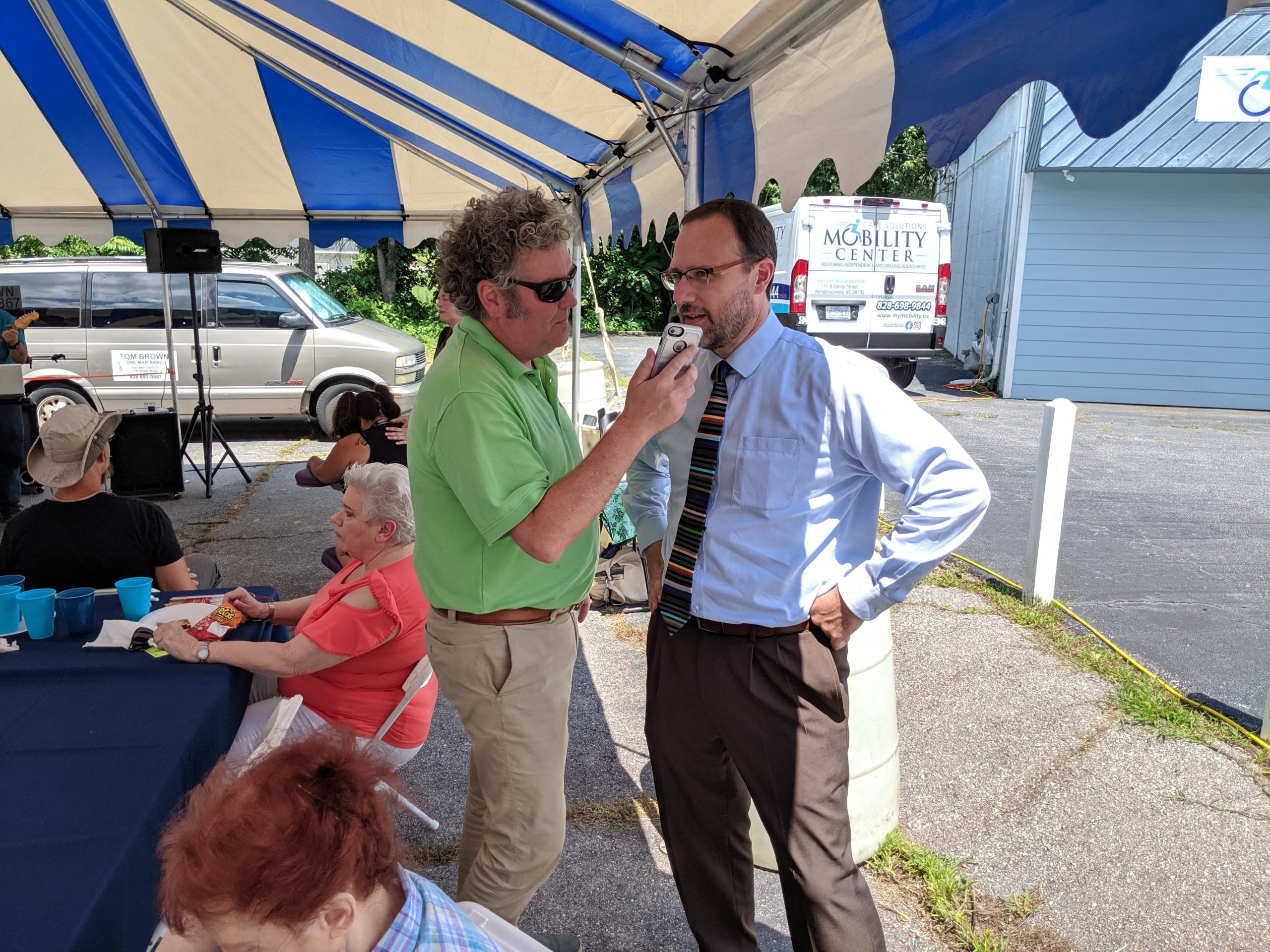How Safe is Chiropractic Care?
The risks associated with chiropractic care are generally considered to be very low for most people. In most cases they are lower than the risks associated with common medical procedures. The best available evidence suggests that the incidence of a serious “side effect” is exceedingly remote – about 1 in 5.85 million adjustments.(1) To understand this risk in common terms; it is about the same as the risk you accept by driving 10 miles.(2) Put one more way, a person is approximately 900 times more likely to be struck by lightning during their lifetime.(3) The reported risk of death during cervical spine surgery is 1 in 333 (for patients aged 20-34).(4) The mortality rate from cervical spine surgery is approximately 17,000 times greater than the risks associated with chiropractic adjustments. There are significant risks associated with the medicines most commonly taken for pain relief. Over 27,000 people die each year from the use of prescription medicine in the US(5), many of which are related to the treatment of back pain. Research suggests that approximately one-third of all hospitalizations and deaths related to gastrointestinal bleeding can be attributed to the use of aspirin or NSAID pain relievers like ibuprofen.(6) A New Zealand government inquiry found that chiropractic adjustments are “remarkably safe.”(7)
References
- Haldeman S, et al. Arterial dissection following cervical manipulation. Can Med Assoc J 2001;165(7):905-06.
- “IRTAD Database, November 2009 — Risk Indicators”. OECD International Traffic Safety Data and Analysis Group (IRTAD).
- National Oceanic and Atmospheric Administration. http://www.lightningsafety.noaa.gov/medical.htm
- Wang M, et al. Complications and mortality associated with cervical spine surgery. Spine. 2007;32(3):342-347
- Paulozzi, L, et al. CDC Grand Rounds: Prescription Drug Overdoses — a U.S. Epidemic. January 13, 2012 / 61(01);10-13
- Lanas A, et al. A nationwide study of mortality associated with hospital admission due to severe gastrointestinal events and those associated with nonsteroidal anti-inflammatory drug use. Am J Gastroenterol 2005;100:1685–1693.
- New Zealand Report. Hasselberg PD. Government Printer, Wellington – 1979.
